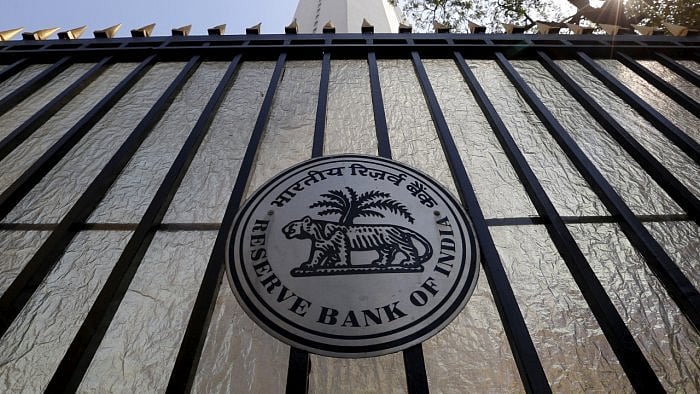
The latest edition of the Reserve Bank of India’s Financial Stability Report (FSR) has presented a positive picture of the financial sector. It has recorded performance improvements in many areas. The report has said that the sector is healthy and well-placed to cope with adverse situations that may arise in the future. There is strong growth in bank credit, expansion of margins, and decrease in bad loan provisions.
These would help banks to ensure that there are sufficient buffers to withstand adverse macroeconomic conditions. Gross non-performing assets (NPAs) have fallen to a 10-year low of 3.9 per cent as of March 2023. The improvement has been across the board and has been observed in both public and private sector banks. The central bank expects, on the basis of stress tests, that this will fall further to 3.6 per cent over the course of the financial year.
There were concerns about the financial sector for various reasons. During the time of the pandemic several measures were taken to help financial institutions, especially banks, to cope with the situation. These have been withdrawn now. It was thought the withdrawal would affect the banks, but they have not only survived but done better, too. According to the report, non-financial companies have also been able to bring down their debt-to-equity ratios further and have seen an improvement in their debt-servicing capacity. But there is the need to put all this performance in context. Economic activity has not fully picked up after the pandemic and the disbursal of bank credit has been slow. There were aggressive write-offs of bad debt and provisioning against bad loans. That helped banks to clean up their books. There was also greater accommodation by the RBI. The vigil and caution that was seen in the functioning of the sector may not be seen in the coming months. The favourable factors may not continue to be available, either.
There are other areas of concern also, particularly retail loans. Retail loans have increased, and banks have encouraged them as they present less risk than other categories of loans. While the NPA ratio for retail loans was low, the FSR has pointed out that the delinquency rate in some categories of retail loans has increased. Loans for specified periods, education loans and credit card payments have seen failures. It has also said that the increasing inflation rate would increase delinquency and also spur the demand for retail loans. This is likely to lead to a problem in the coming months because inflation will continue to be a challenge. So, this segment will need special attention in the coming months.
